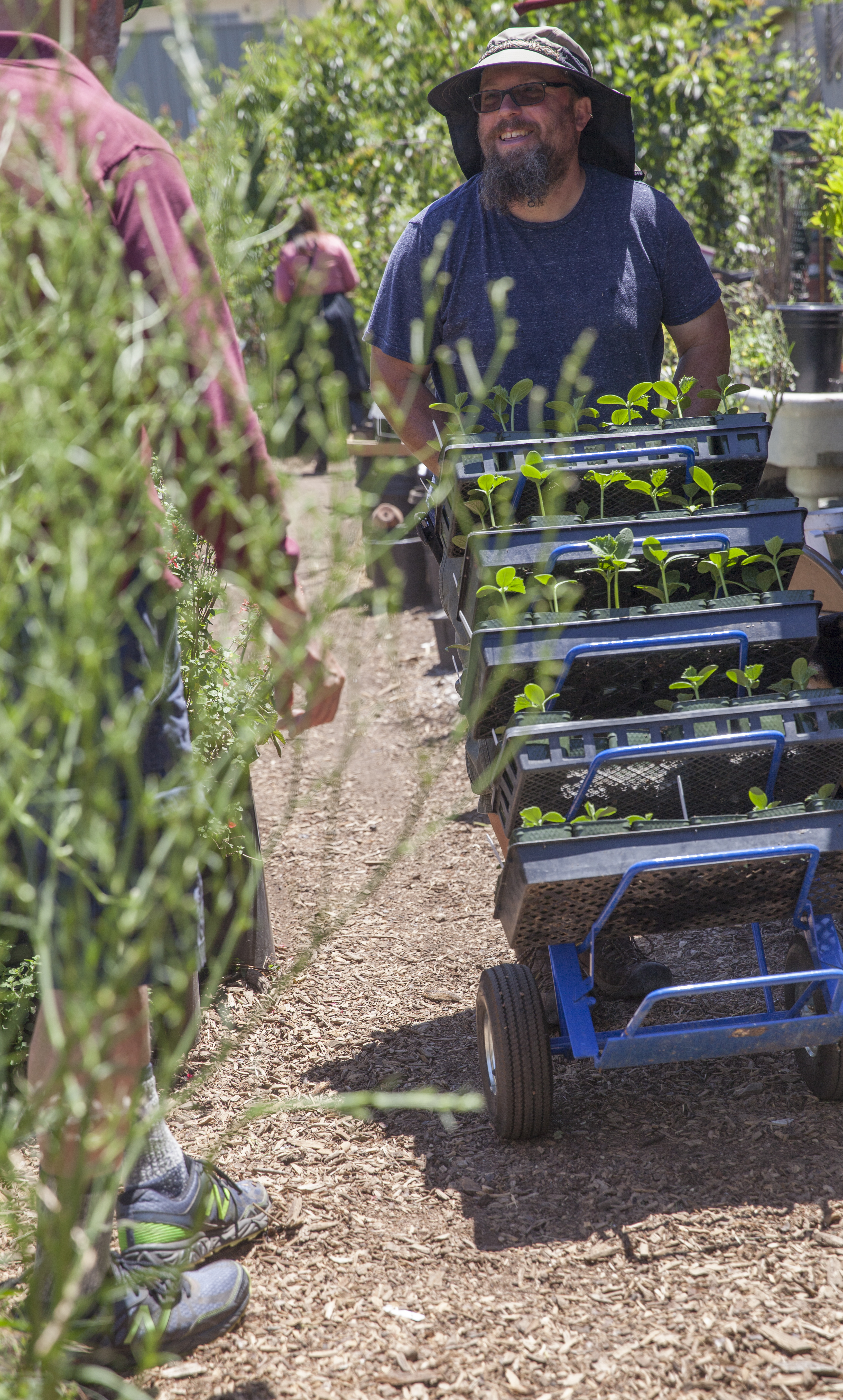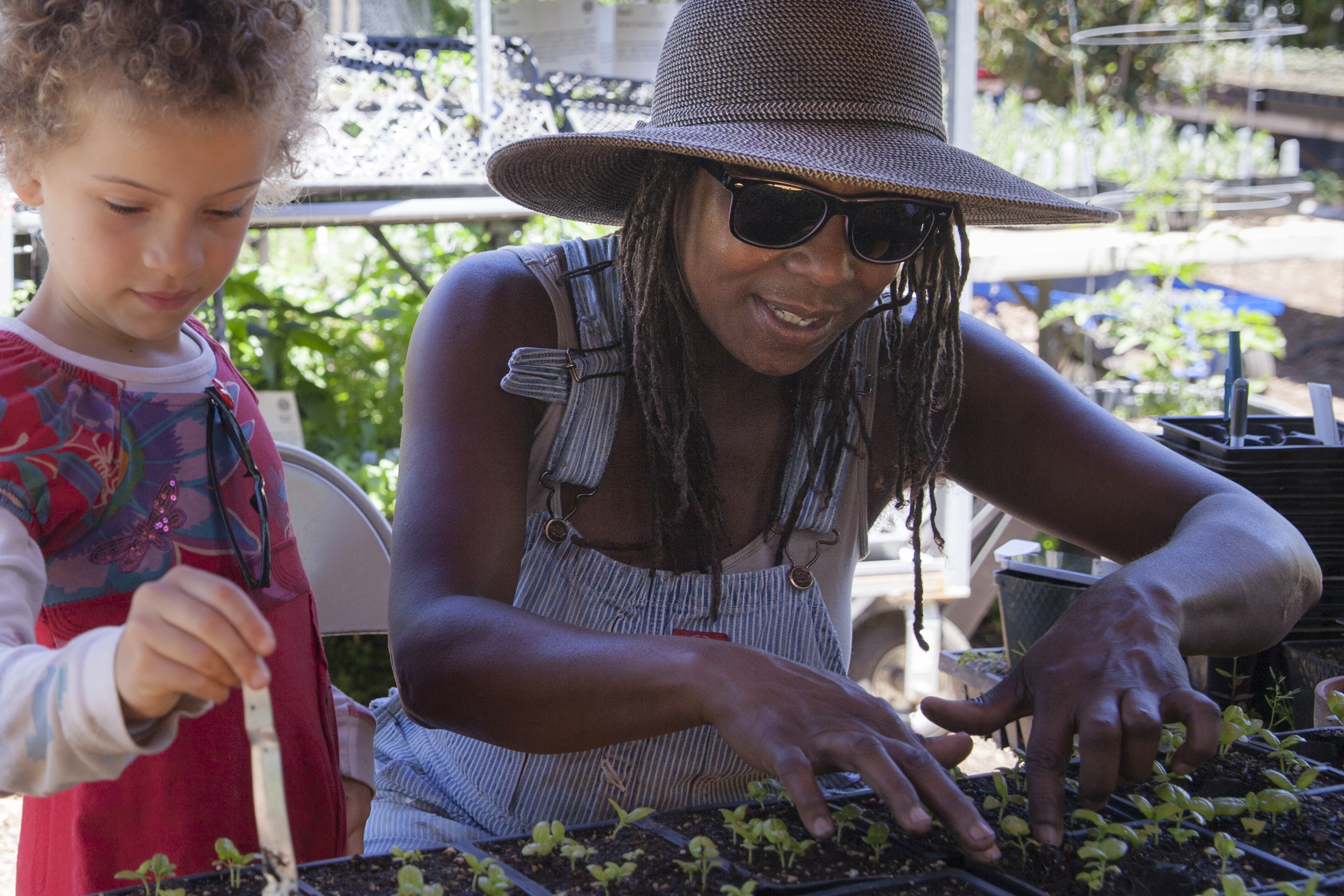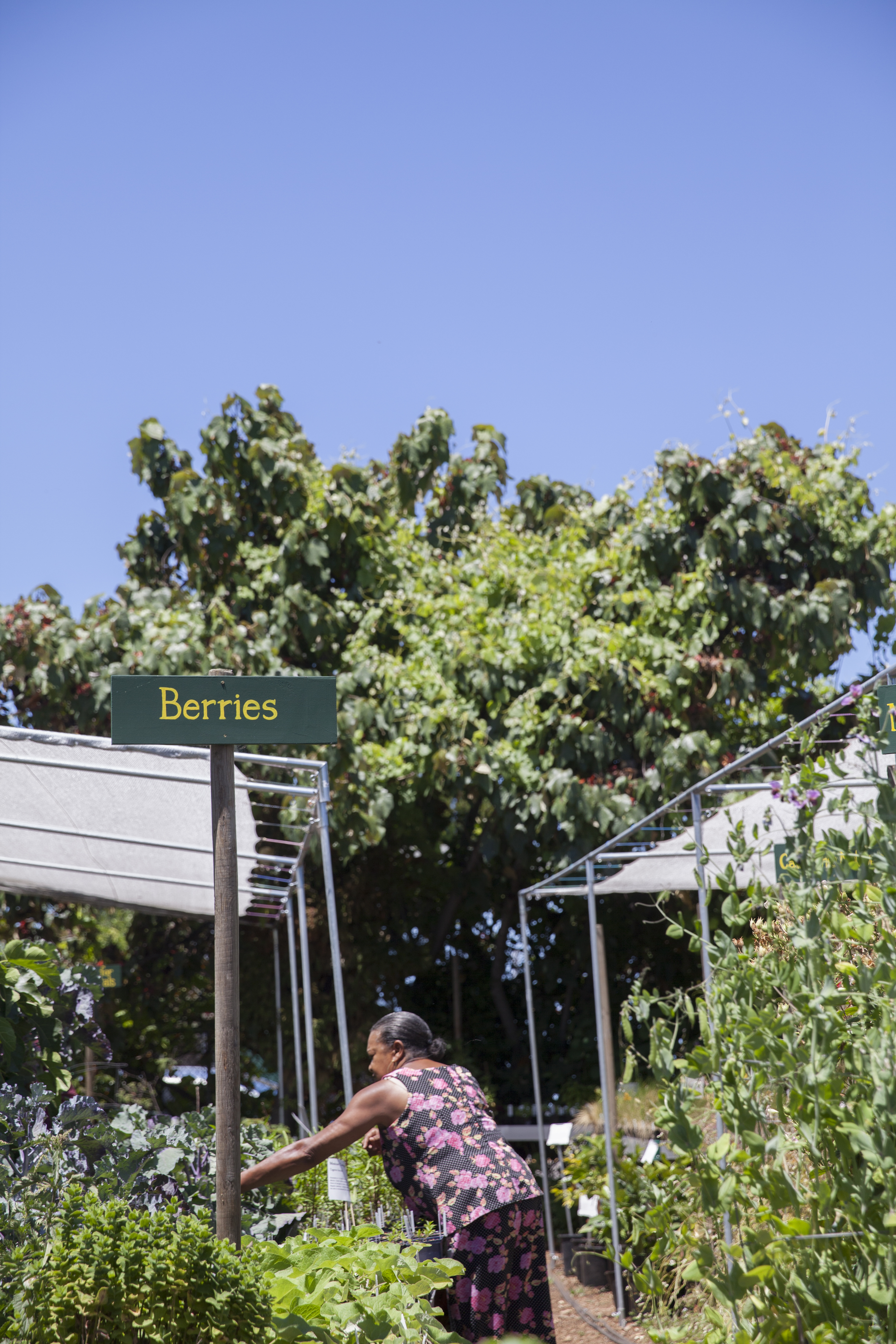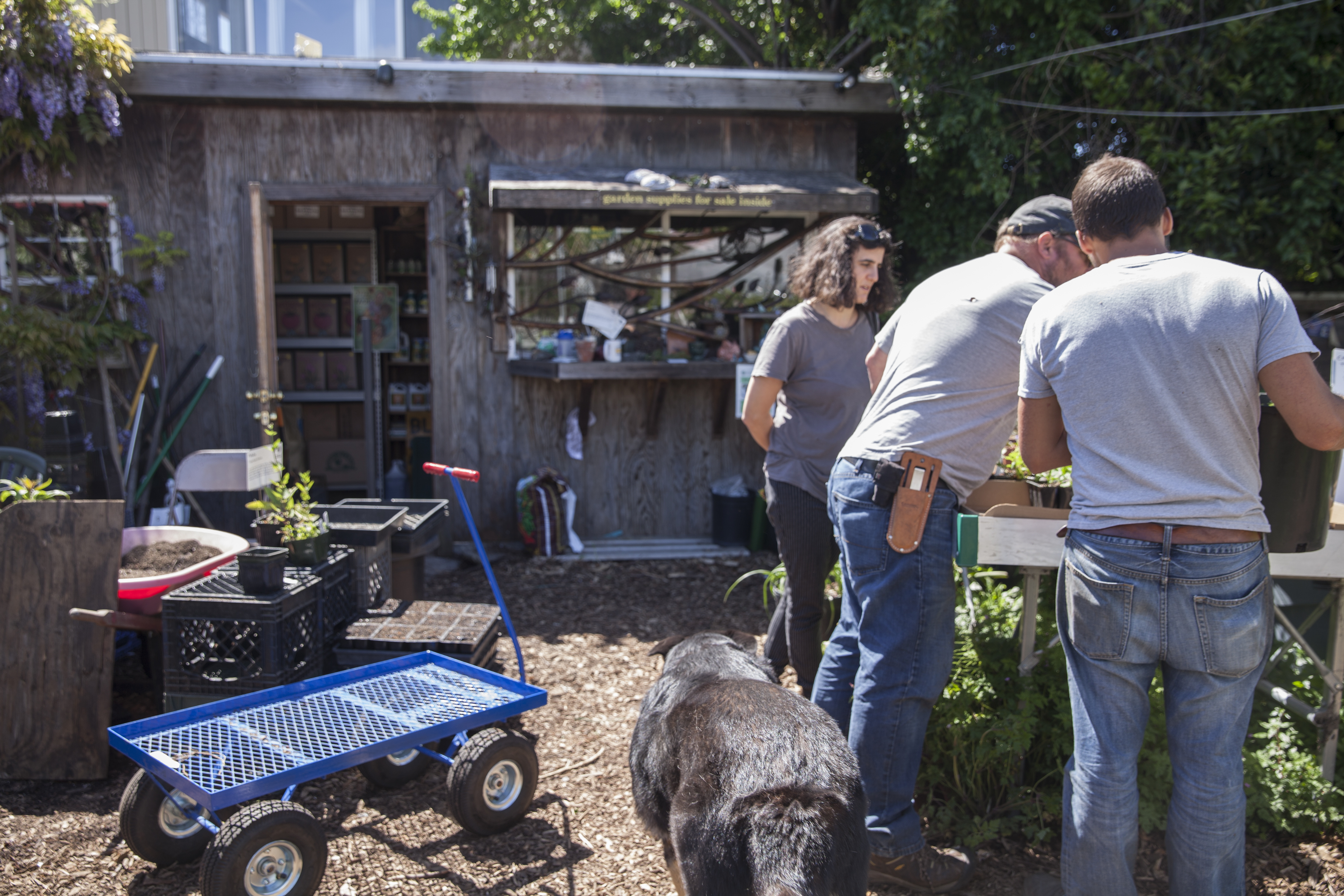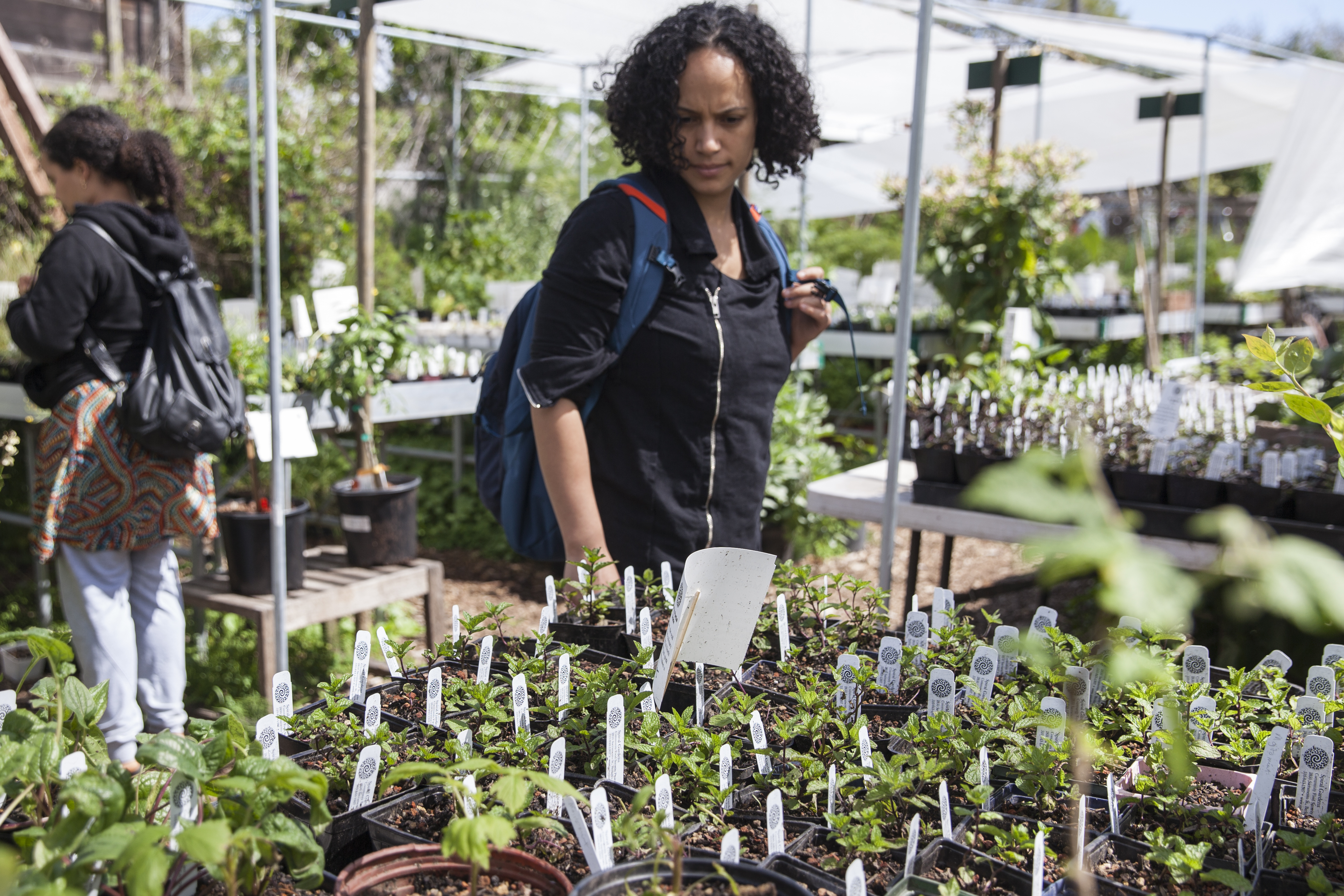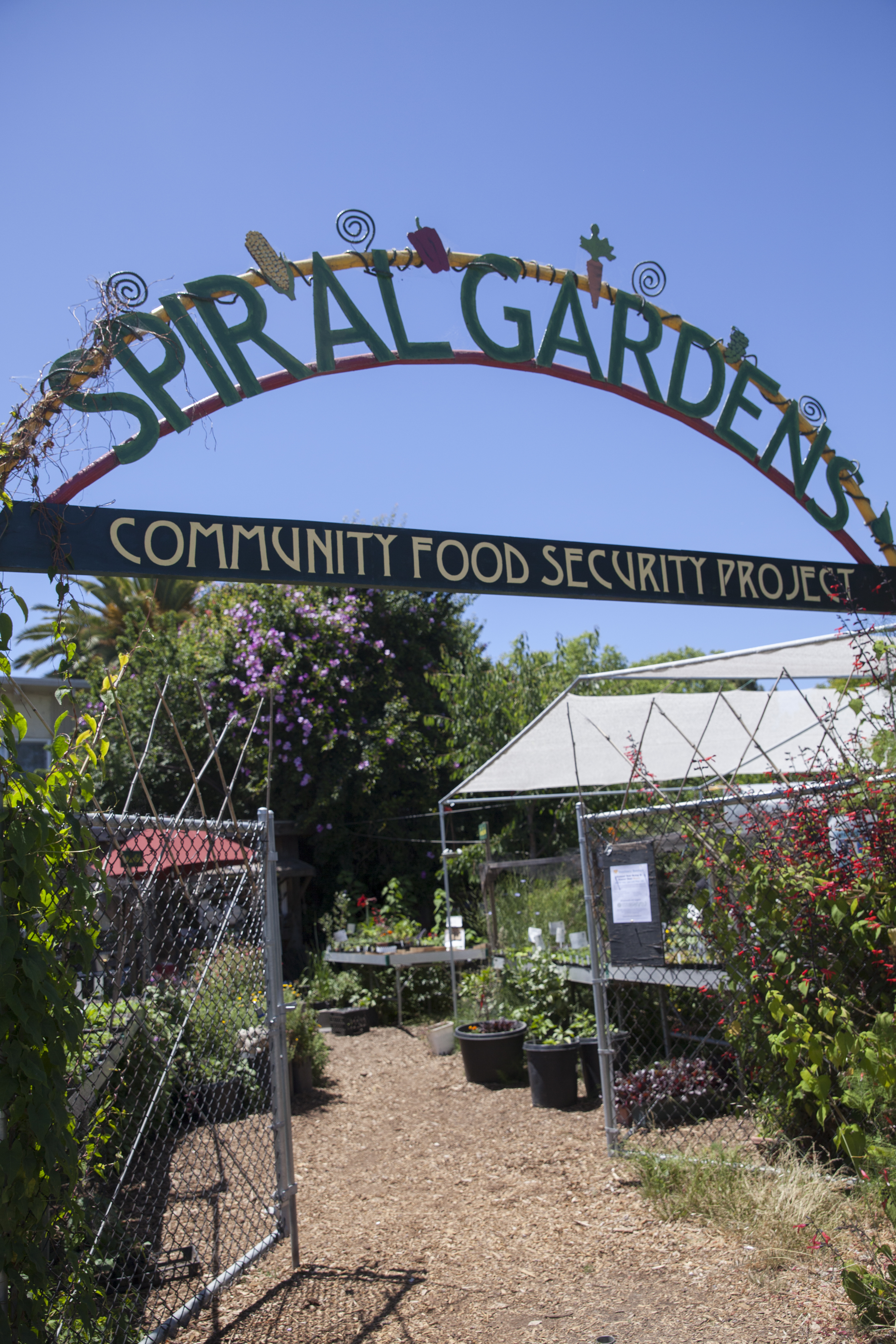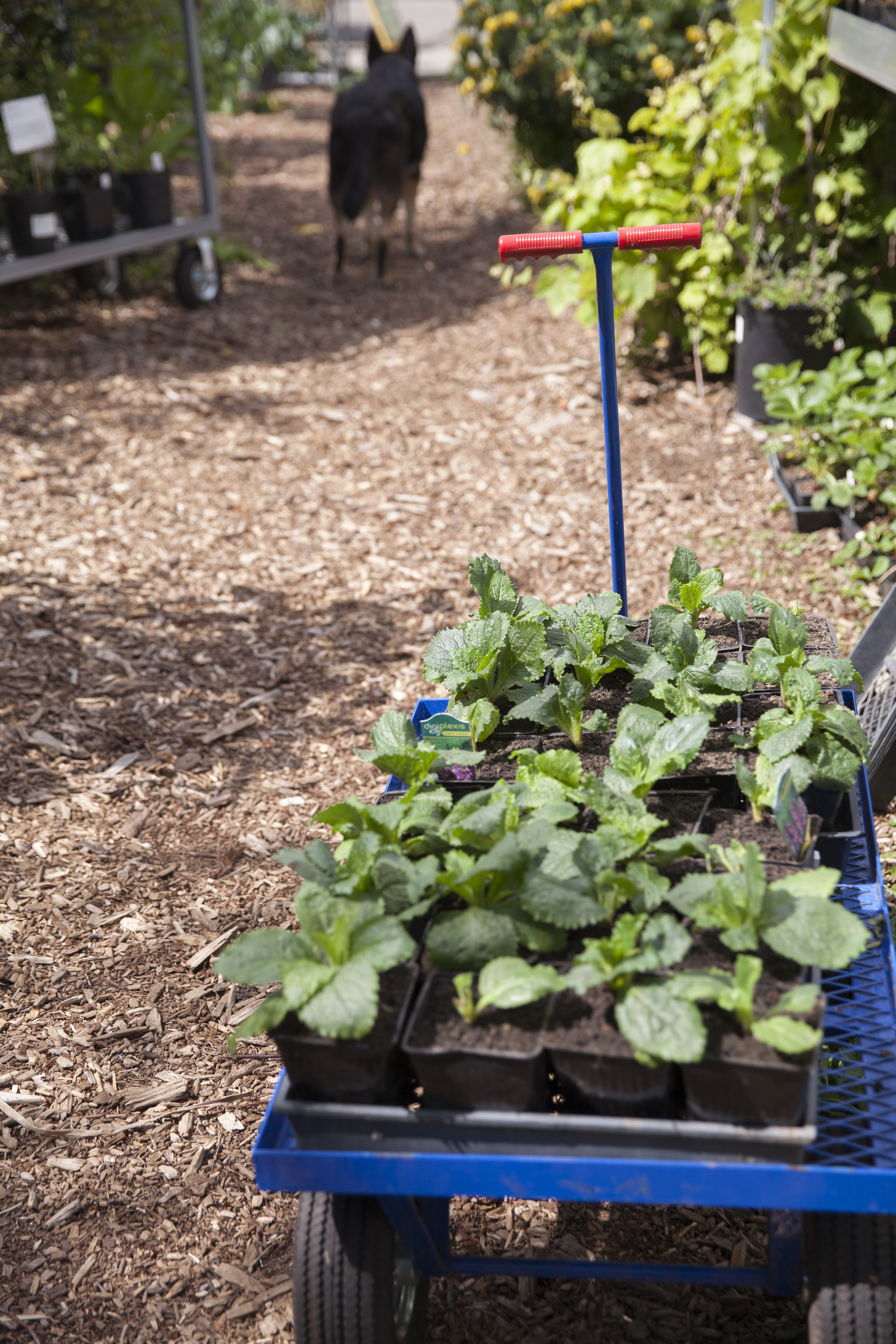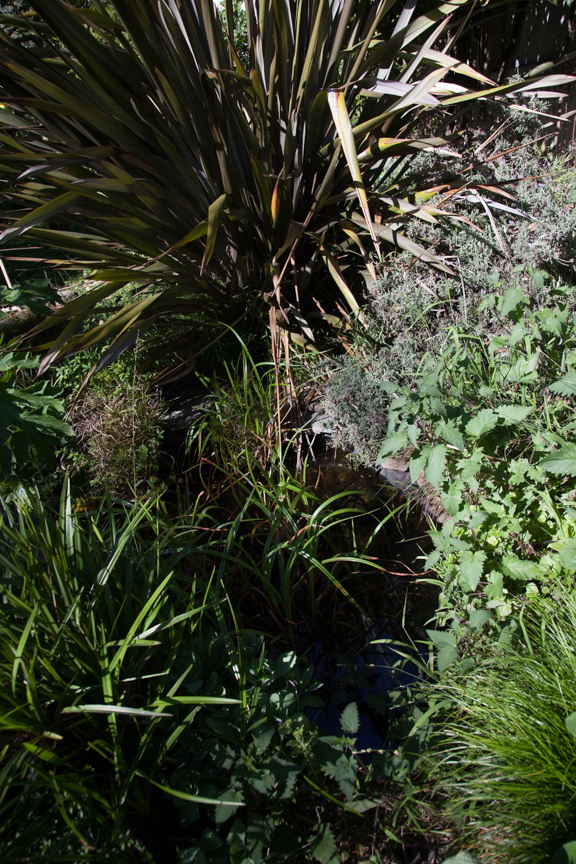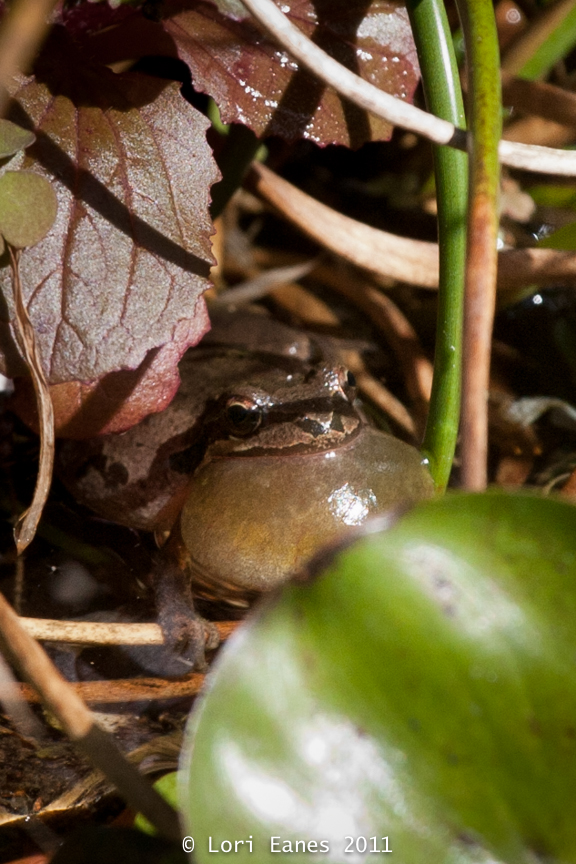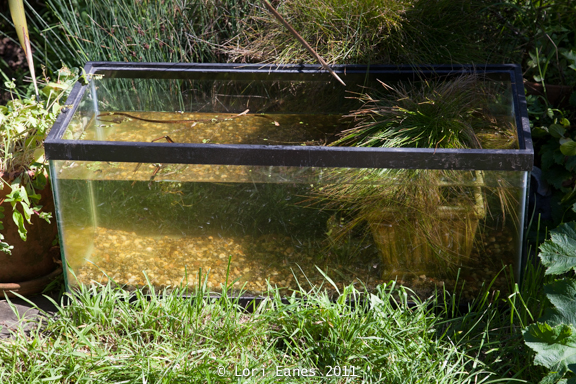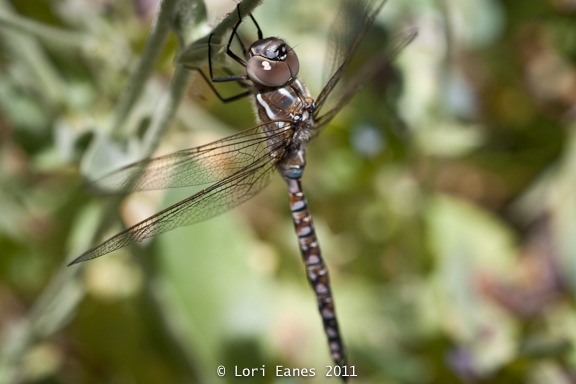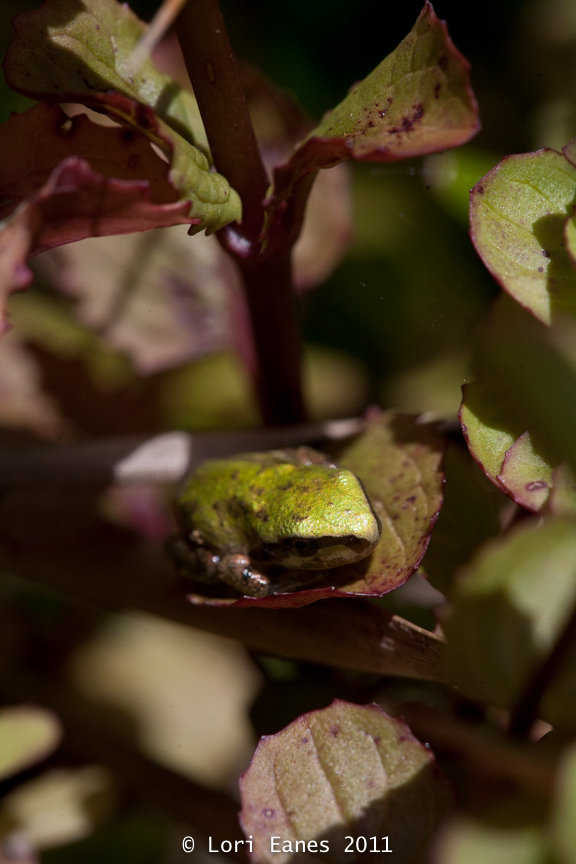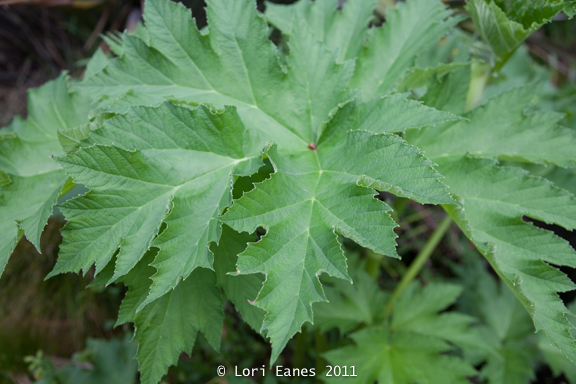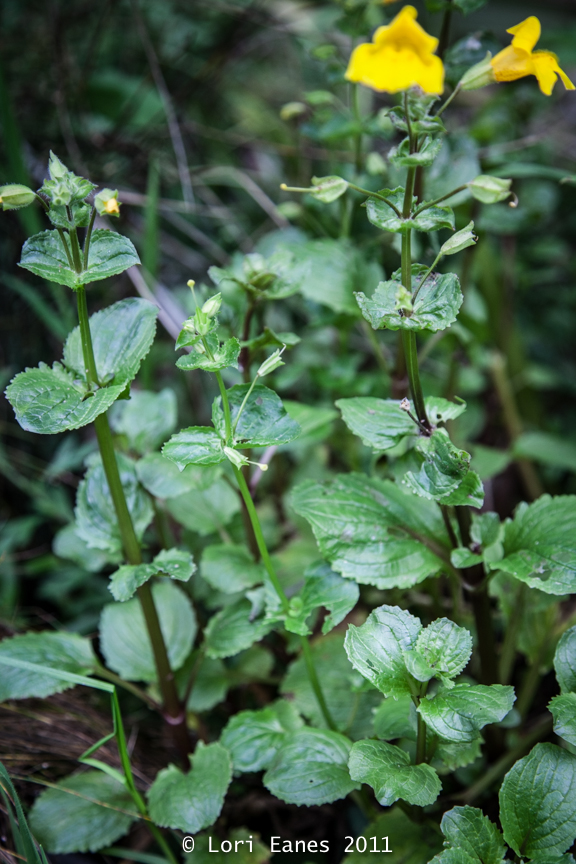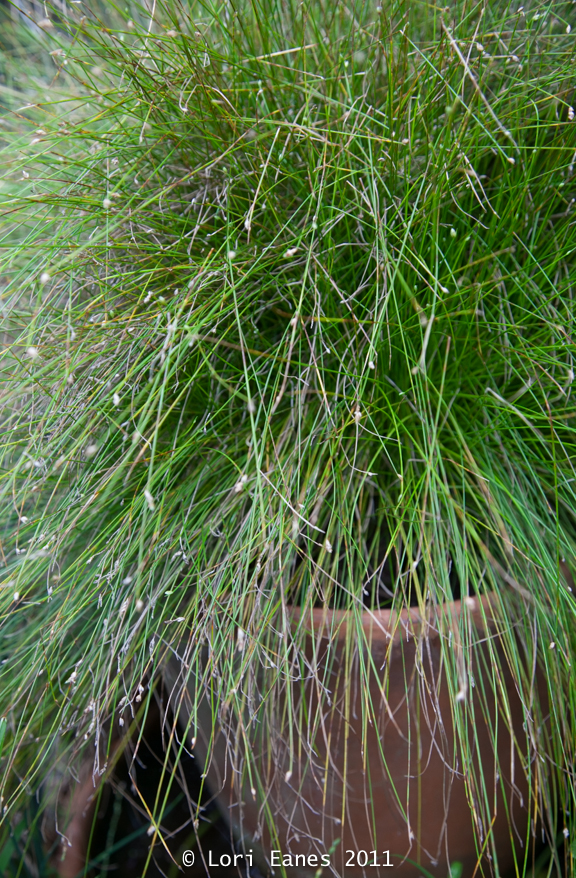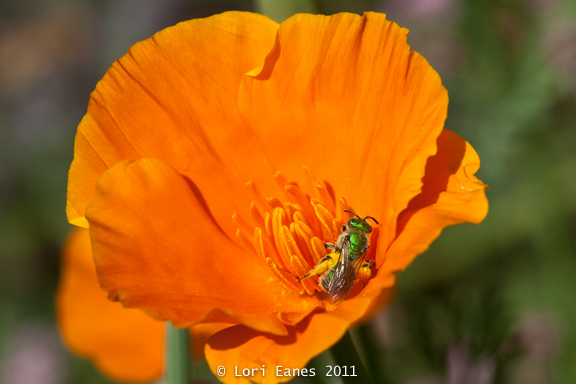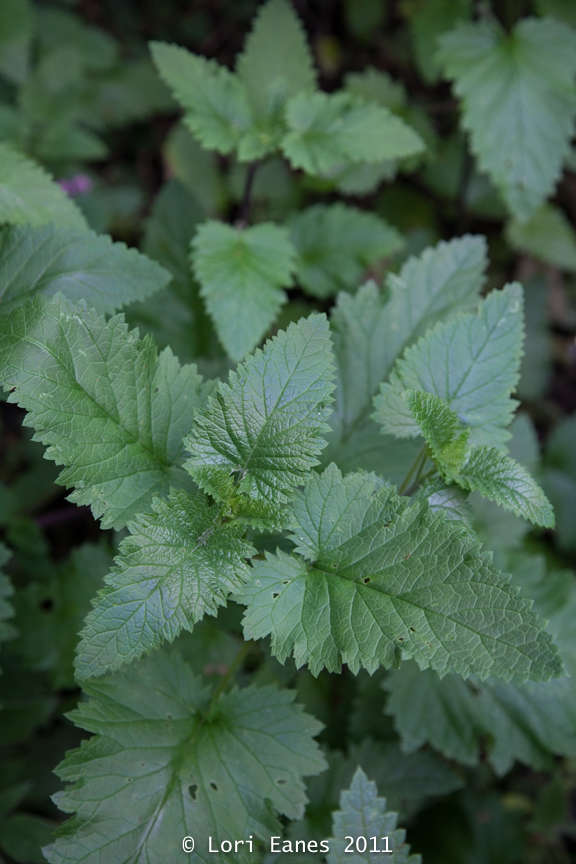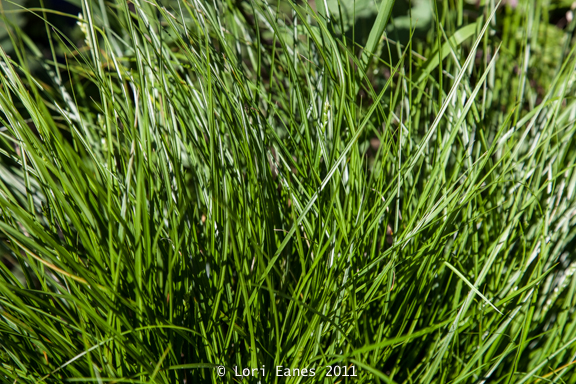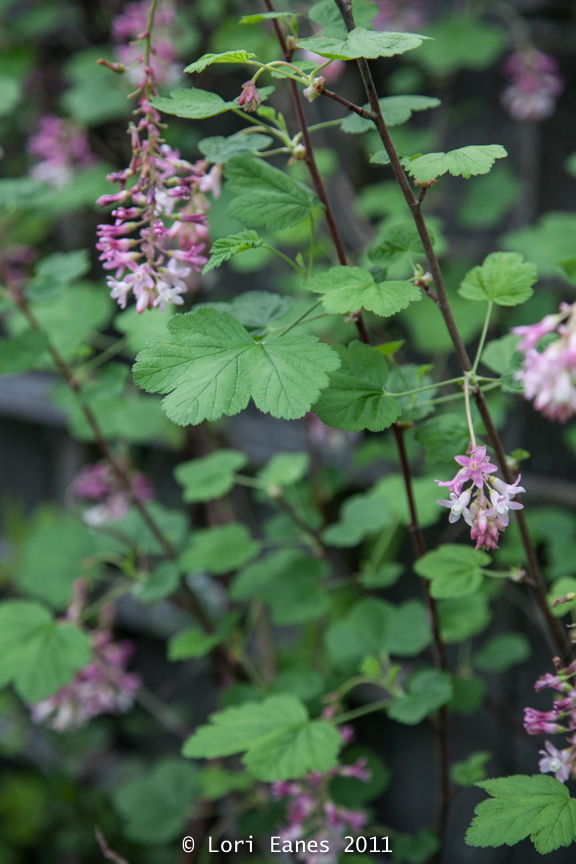Spiral Gardens is a non-profit nursery, produce stand, and community farm located at 2850 Sacramento near Ashby Street in Berkeley. It’s been around since 1993 but it was new to me when I happened to drive by it back in April. A community treasure, it’s easily the best Bay Area nursery I’ve visited.
What makes the nursery so good is that every herb and vegetable is grown on site for our climate. The Bay Area’s unusual cool summer weather requires special varieties that big box nurseries don’t offer. The prices are affordable and the selection is huge. What other nursery has 19 varieties of tomatoes grown especially for our climate? Lettuces, beans, squash, corn, peppers, greens, carrots herbs and hard-to-find perennial vegetables that last multiple seasons such as tree collards, burdock, and cape gooseberries are offered. A plant geek’s heaven, everything is well labeled and often comes with a free history lesson. Berries and fruit trees are also sold (though not grown on site due to lengthy growing times) as well as non-edibles including natives, bee friendly and drought tolerant plants.
The experienced staff grows the plants and knows the plants. They are there to answer questions and offer advice. Volunteers are welcome to drop in anytime they are open. Monthly free workshops are listed on Facebook. Spiral Gardens also sells starts at the Saturday Berkeley Farmers Market. Excess produce grown on site is also given away to the local community seniors.
Spiral Gardens Community Food Security Project 510. 843.1307 Summer Hours: 11am to 6pm Tues-Friday, 11am to 5pm Sat and Sunday
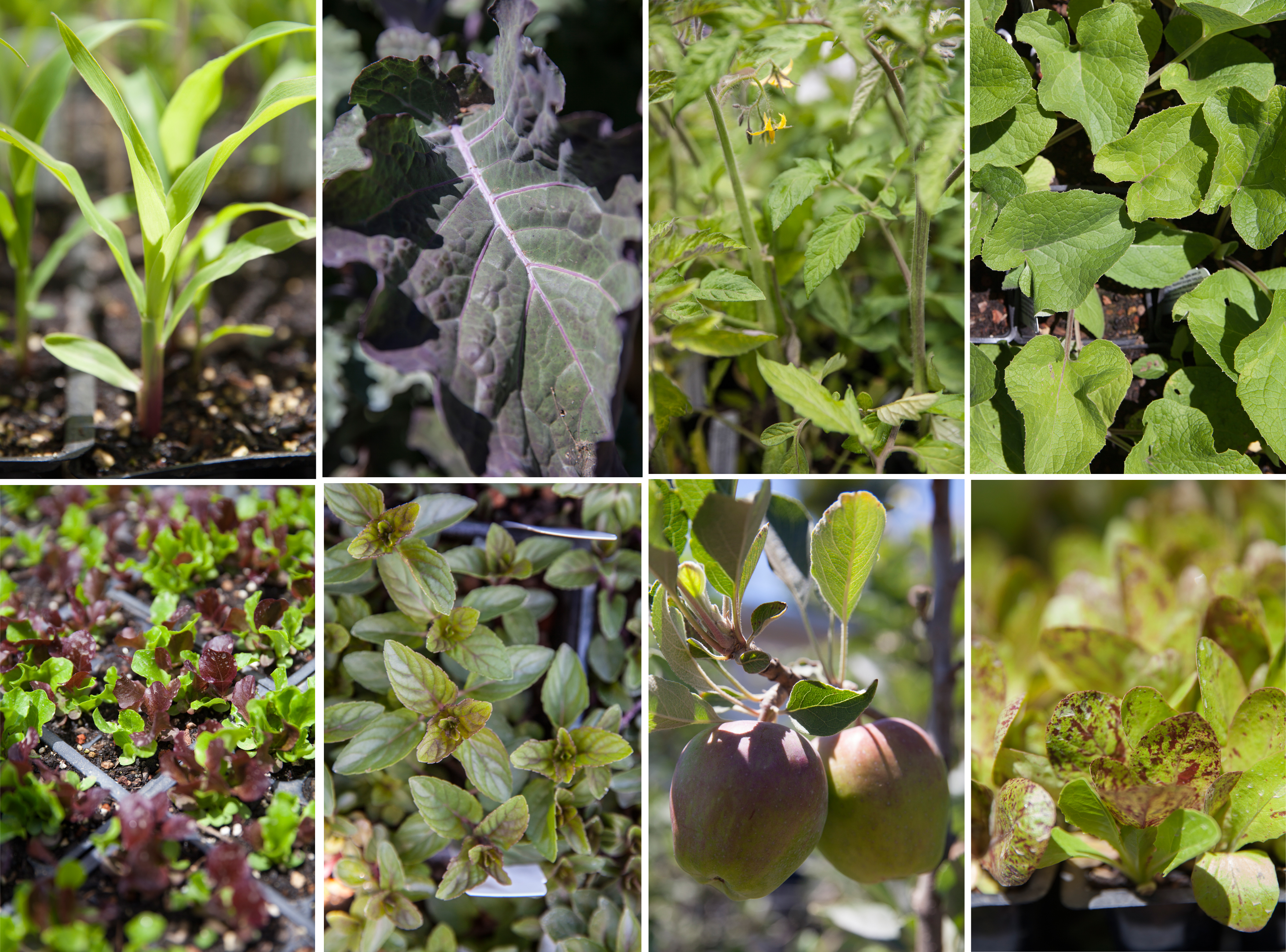
A sample of edible starts at Spiral Gardens. (clockwise from top left) corn, tree collards, tomatoes, burdock, five star lettuce mix, apples, mint and speckled lettuce

